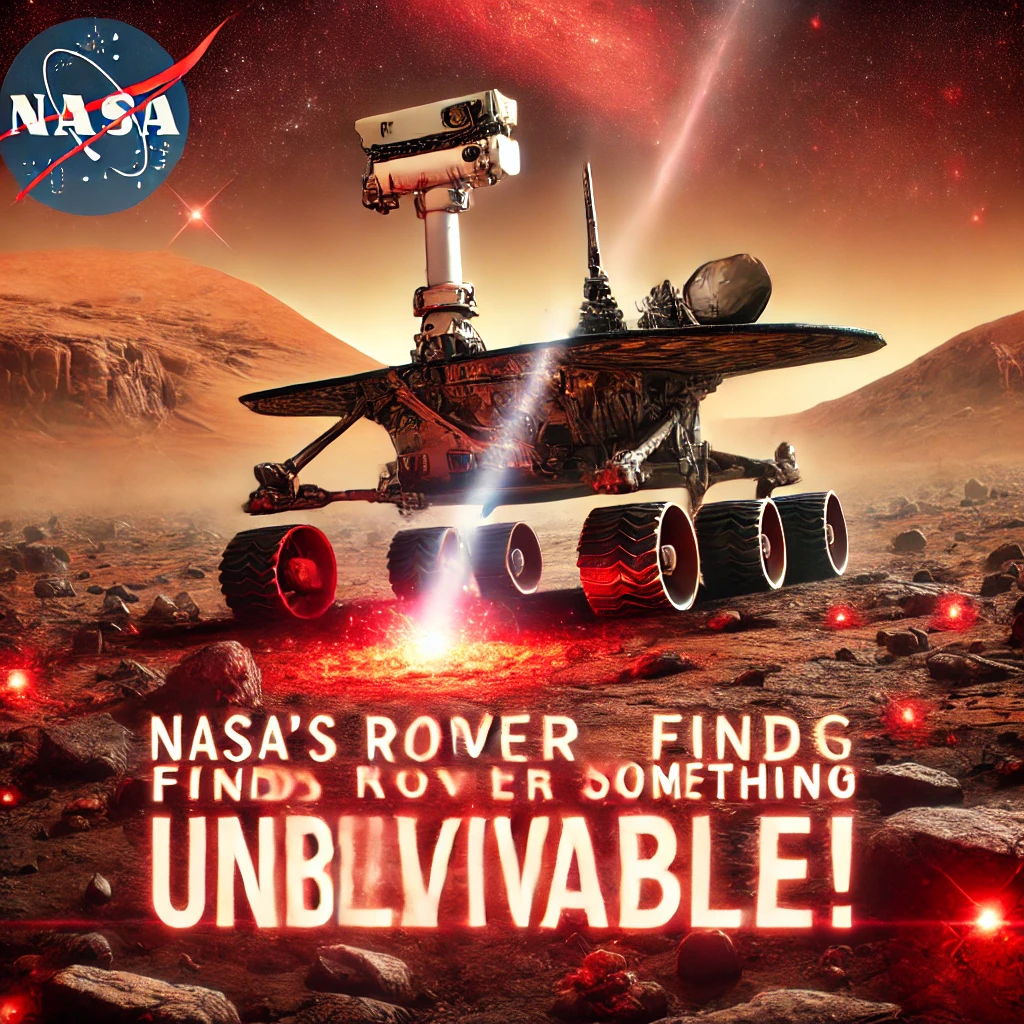NASA's Mars Rover Finds Something Unbelievable!
Key Discovery: Organic Molecules in Jezero Crater
Perseverance is currently exploring Jezero Crater, a region believed to have once contained a river delta and a vast lake billions of years ago. The rover’s SHERLOC (Scanning Habitable Environments with Raman & Luminescence for Organics & Chemicals) instrument detected organic molecules in sedimentary rock samples. These rocks are thought to have formed in an environment rich in water—a crucial factor for life.
What Makes This Discovery Unbelievable?
- Ancient Martian Habitability: The presence of organics suggests that Mars had conditions favorable for life in the past. Scientists suspect that, if life ever existed on Mars, it could have thrived in these wet environments.
- Possible Biosignatures: While organics can be formed through non-biological processes (such as chemical reactions with water and minerals), they are also potential indicators of past microbial life.
- Implications for Future Missions: The rover is collecting samples that will eventually be returned to Earth through the Mars Sample Return mission. These samples will undergo further analysis to determine if they contain evidence of ancient extraterrestrial life.
What’s Next?
NASA scientists are eager to study these samples in depth. Future missions will focus on confirming whether these organic molecules are biological in origin or if they were formed through abiotic processes. Either way, this discovery strengthens the case for Mars as a once-habitable world and fuels further exploration for signs of life beyond Earth.
This finding could redefine our understanding of life’s potential existence in the universe! 🚀🔬
International Research Awards on Network Science and Graph Analytics
Visit Our Website : https://networkscience.researchw.com/
Contact us : network@researchw.com
Get Connected Here:
*****************
Tumblr: https://www.tumblr.com/emileyvaruni
Pinterest: https://in.pinterest.com/emileyvaruni/
Blogger: https://emileyvaruni.blogspot.com/
Twitter: https://x.com/emileyvaruni
YouTube: https://www.youtube.com/@emileyvaruni

Comments
Post a Comment